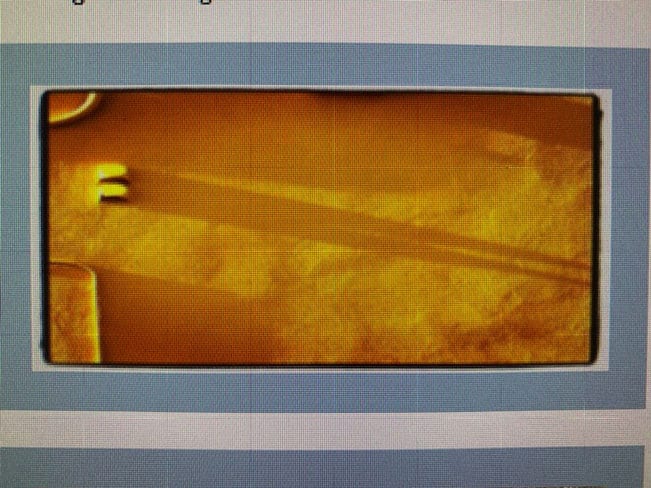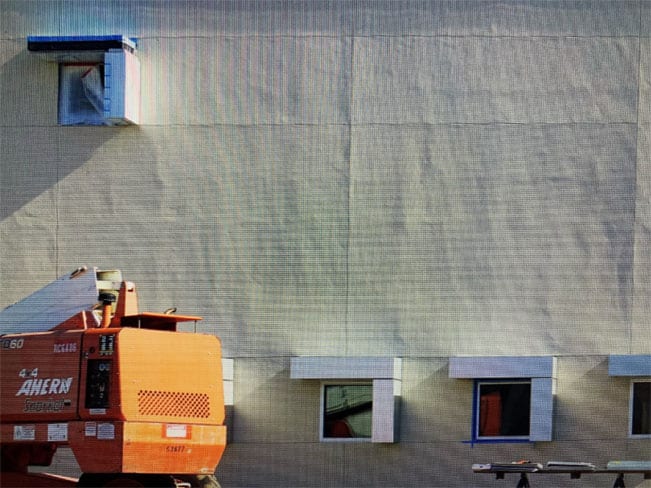




What is critical light?
Even if you’ve heard of critical light, you may not be sure what it is. Critical light is aptly named; it is sunlight that shows the imperfections in any wall or cladding system. It happens when sunlight hits a surface at an angle of 15 degrees or less. Since critical light occurs only for a few minutes a day, slight imperfections are only visible briefly. The appearance of a wall’s appearance in critical light is typically an aesthetic issue, rather than one of performance.
All components of a wall assembly can affect the cladding’s final disposition. If the stud framing isn’t in a straight plane, then this irregularity affects both the sheathing and the final cladding. Most specifications for EIFS systems require the tolerance for the substrate (without the EIFS on it) to be 1/4″ in a 4′ radius. This amount of unevenness, however, would be very visible in critical light.
What aesthetic effect does it have on stucco and EIFS walls ?
In an EIF System, rasping at high and low spots can level imperfections between insulation boards. However, it may not be able to compensate for all imperfections in the building substrate.
In a DEF System (Direct applied Exterior Finish System), there is no foam plastic insulation that you can rasp in order to level the surface for the final finish. Thus, any irregularities in the substrate will show in the final product. Depending on the levelness of the substrate, however, you may need to skim the surface with a leveling material. This will reduce the risk of aesthetic issues.
The type of textured finish used also affects the appearance of a façade in critical light. If you have an irregular-looking façade because of aberrations in the wall plane, for instance, you can moderate it by utilizing finishes with course or heavy textures. The thickness of a textured finish is determined by the size of the aggregate that is used. This means that coarser textured finishes are thicker. Therefore, they’re more capable of filling depressions in the surface than a thinner, fine aggregate finish. In general, swirl finishes may be better at concealing irregularities than a sand finish of similar aggregate size.

Finish systems like Stucco, Exterior Insulation and Finish Systems (EIFS) or Direct Applied EIFS (DEFS) are usually applied by hand at the jobsite under varying environmental conditions, and not by a machine in a controlled atmosphere. Thus, the resulting final surface will have some variations. Base coats with the reinforcing mesh embedded have differing thicknesses. This is due to the overlap of the mesh or use of multiple layers of high-impact mesh.
Thus, it’s important to consider these factors when you’re assessing the appearance of a wall cladding during critical light. For that matter, they should also be considered whenever imperfections are observed.

